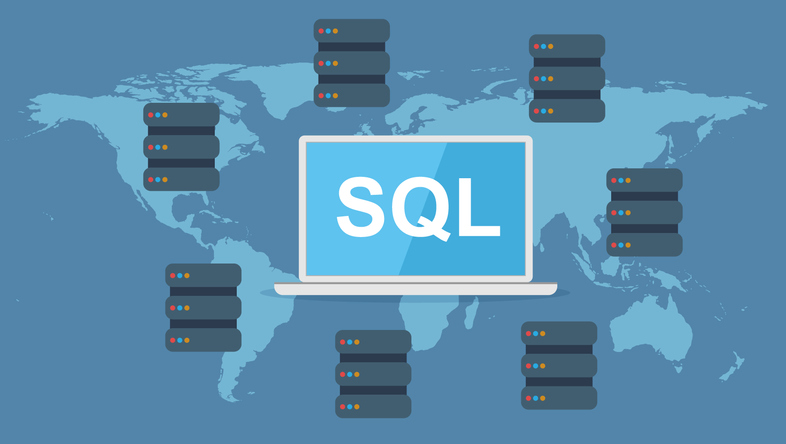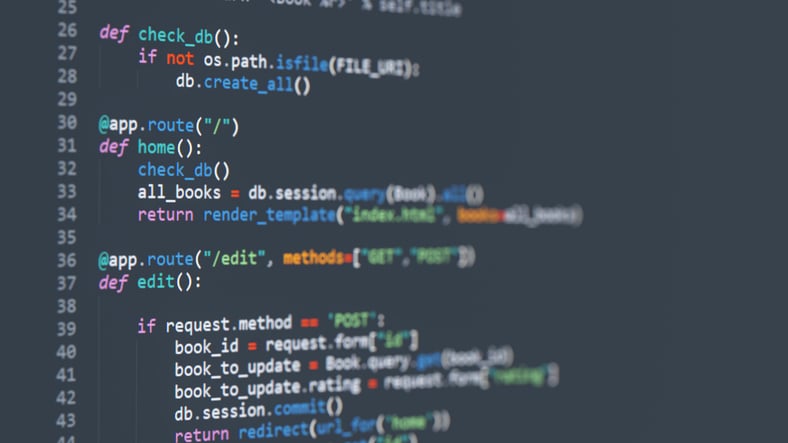4 min read
Mastering Database Management: Creating and Deleting Your Own Database
Navigating the world of databases can feel like learning a new language, but the power you harness after mastering it is immense. Imagine being able...
3 min read
![]() The Amazing Team at Skills Data Analytics
:
Feb 13, 2024 7:45:04 AM
The Amazing Team at Skills Data Analytics
:
Feb 13, 2024 7:45:04 AM
In today's data-driven world, organizations rely on efficient data pipelines to extract, transform, and load (ETL) data from diverse sources for analysis and decision-making. Python, with its rich ecosystem of libraries and tools, has become a popular choice for building data pipelines due to its flexibility, simplicity, and scalability. In this blog post, we delve into the process of building data pipelines with Python, exploring key concepts such as ETL, Python libraries, workflow automation, data streaming, and Directed Acyclic Graphs (DAGs), along with real-world examples and best practices.
Understanding ETL: Extract, Transform, Load
ETL is a fundamental process in data engineering that involves extracting data from various sources, transforming it into a structured format, and loading it into a target destination such as a data warehouse or database. Python provides powerful libraries and frameworks for implementing each stage of the ETL process, enabling developers to automate data workflows and streamline data processing tasks.
For example, consider a scenario where a retail company needs to extract sales data from multiple CSV files, aggregate the data by product category, and load it into a database for analysis. Python's pandas library can be used to extract data from CSV files, perform data transformations using numpy for numerical operations, and load the processed data into a database using SQLalchemy or pandas' built-in functionality.
Python Libraries for Data Processing
Python boasts a rich ecosystem of libraries and tools for data processing, making it a versatile choice for building data pipelines. Some popular libraries for data manipulation, analysis, and visualization include:
Workflow Automation with Python
Workflow automation plays a crucial role in streamlining data processing tasks and ensuring consistency and reliability in data pipelines. Python's Airflow library provides a robust platform for orchestrating and automating data workflows using Directed Acyclic Graphs (DAGs). DAGs enable developers to define the sequence of tasks and dependencies in a workflow, allowing for parallel execution, error handling, and scheduling of tasks.
For example, consider a data pipeline for processing customer feedback data, which involves extracting data from an online survey platform, performing sentiment analysis using Natural Language Processing (NLP) techniques, and storing the results in a database. By defining a DAG in Airflow, developers can automate the execution of each task in the pipeline, monitor progress, and handle errors gracefully, ensuring timely and accurate processing of data.
Data Streaming with Python
Data streaming is an essential aspect of real-time data processing, enabling organizations to ingest, process, and analyze data in near real-time. Python's Kafka and Apache Spark Streaming libraries provide support for building scalable and fault-tolerant data streaming applications, allowing for continuous processing of data streams from various sources.
For example, consider a social media platform that needs to analyze user engagement metrics in real-time, such as likes, comments, and shares. By using Kafka for message queuing and Apache Spark Streaming for data processing, developers can build a data streaming pipeline that ingests user interactions in real-time, performs analytics on the fly, and generates insights for decision-making.
Directed Acyclic Graphs (DAGs) for Data Pipelines
Directed Acyclic Graphs (DAGs) are a graphical representation of the dependencies between tasks in a workflow, where each node represents a task, and edges represent dependencies between tasks. DAGs are widely used in workflow automation platforms like Airflow to define and execute complex data pipelines efficiently.
For example, consider a data pipeline for processing sensor data from IoT devices, which involves multiple stages such as data ingestion, preprocessing, feature extraction, and model training. By representing the pipeline as a DAG, developers can visualize the sequence of tasks, manage dependencies, and monitor the progress of data processing in a structured and organized manner.
Conclusion
In conclusion, building data pipelines with Python offers a powerful and flexible approach to managing and processing data for analysis and decision-making. By leveraging Python's rich ecosystem of libraries and tools, developers can automate ETL processes, manipulate and analyze data efficiently, and orchestrate complex workflows with ease. Whether it's extracting data from diverse sources, transforming it into actionable insights, or loading it into target destinations, Python provides the versatility and scalability needed to build robust and efficient data pipelines. As organizations continue to embrace data-driven strategies, mastering the art of building data pipelines with Python will be essential for driving innovation and gaining a competitive edge in today's dynamic business landscape.
What’s the easiest way to get started?
Getting a degree in Data Analytics can be a large investment. Average yearly tuition costs for a bachelor's degree in Digital Marketing fall around $45,000.
Fortunately, the education industry is developing, and fully online certificate programs are becoming more available within higher education. Certificate programs, such as bootcamps, offer a valuable education in much less time than a degree program and cost significantly less.
Skills Data Analytics has recently launched its online Data Analytics bootcamp certificate program with an easy enrollment process and endless possibilities upon completion.
Learn more now by contacting our team or visit our website at https://skills-datanalytics.com/.

4 min read
Navigating the world of databases can feel like learning a new language, but the power you harness after mastering it is immense. Imagine being able...

3 min read
Oh, the joys of data! Whether you're a budding data analyst, a seasoned database administrator, or just a curious coder, mastering the art of...

3 min read
Have you ever spent hours analyzing data, only to realize that minor inaccuracies have led you down the wrong path? The disappointment is akin to...